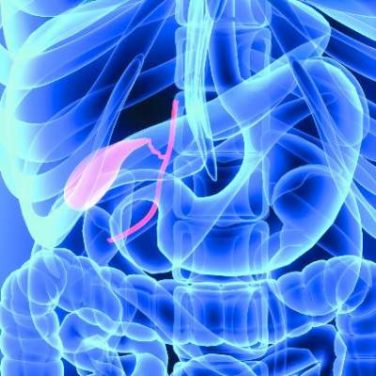AT THE ACR ANNUAL MEETING
WASHINGTON (FRONTLINE MEDICAL NEWS) – Many patients with systemic lupus erythematosus may not be getting lipid testing or statin prescriptions despite having risk factors and even frank cardiovascular conditions, according to a large Medicaid database study presented at the annual meeting of the American College of Rheumatology.
The study found that systemic lupus erythematosus (SLE) patients were half as likely to get a lipid screening and 77% less likely to get a statin prescription, compared with patients with diabetes, a group that has a similarly elevated baseline CV disease risk.
This is concerning because it has been shown in several studies that SLE patients have higher rates of CV events than do age- and sex-matched patients with diabetes, and hyperlipidemia has been associated with CV disease in SLE patients. However, no studies have directly demonstrated reduced CV disease risk with statin use in SLE patients, unlike the general population and in those with diabetes, and so no clear guidelines exist, said lead study author Sarah Chen, MD, a rheumatology fellow at Brigham and Women’s Hospital, Boston.
Dr. Chen and her colleagues looked at 3 years’ worth of data in the Medicaid Analytic eXtract (MAX) database. They examined rates of lipid screening and statin prescriptions during 2007-2010 among 19,847 SLE patients, who were age- and gender-matched with 39,694 patients with diabetes.
Analyses of 1 year of billing records for each patient showed that SLE patients visited their doctor significantly more often than did the diabetes patients during their index year (mean of 4.7 vs. 3.2 visits). They were more likely to have a renal manifestation of their disease (13% vs. 4%). Although hypertension was similar among lupus and diabetes patients (35% vs. 40%), lupus patients were less likely to have hyperlipidemia (11% vs. 24%) but more likely to have concurrent cardiovascular disease, defined as angina, heart attack, atherosclerosis, percutaneous coronary intervention, coronary artery bypass grafting, stroke, or peripheral artery disease (13% vs. 10%).
Overall, 27% of lupus patients and 42% of diabetes patients had at least one lipid screen during their study year. This proportion stayed steady among diabetes patients as they aged, but rose significantly among lupus patients from 23% in the youngest group of 18-39 years to 32% of the oldest group of 50-65 years.
“This suggests that diabetes patients are getting consistent cardiovascular assessment as they age, while lupus patients are not,” Dr. Chen said at the meeting.
Statin prescriptions were also significantly less common among lupus patients overall (12% vs. 33%). The proportion of lupus patients who got at least one statin prescription increased with age, from 7% in the youngest group to 21% in the oldest group. But it increased more among diabetes patients, from 23% among the youngest to 42% among the oldest, Dr. Chen noted.
She conducted a multivariate analysis that controlled for age, gender, race, ethnicity, region of residence, socioeconomic status, Charlson Comorbidity Index, and the presence of cardiovascular disease. This determined that lupus patients were 54% less likely to have lipid testing and 77% less likely to get a statin.
A subanalysis found some significant predictors of SLE patients’ receipt of lipid screening. Increasing age increased the odds of screening by 2% per year. Lipid screening was 6% more likely for each additional medication they took. Lupus patients with nephritis were 36% more likely to have a screening than were those without nephritis. Those with existing cardiovascular disease were 11% more likely to have a test than were those without it, although this odds ratio (OR) had a nonsignificant 95% confidence interval of 1.00-1.24.
Hispanic and Asian patients were significantly more likely to receive lipid testing than were whites.
A second subanalysis found significant predictors of lupus patients receiving a statin prescription among lupus patients. With every passing year, the chance of getting a statin increased by 5%; it also increased by 7% for every medication that a patient was taking. Being a male increased the likelihood of receiving a statin prescription by 23%. Lupus nephritis more than doubled the odds of getting a statin (OR, 2.34), and the presence of cardiovascular disease was a similarly strong predictor (OR, 1.95). Hispanics and Asians were more likely to get the medication than were whites.
One significant limitation of the study is a lack of results on lipid testing, particularly in light of the potential effect the results might have had on decisions to prescribe statins.
Dr. Chen had no financial disclosures. The study was supported by a grant from the National Institutes of Health.
On Twitter @alz_gal




